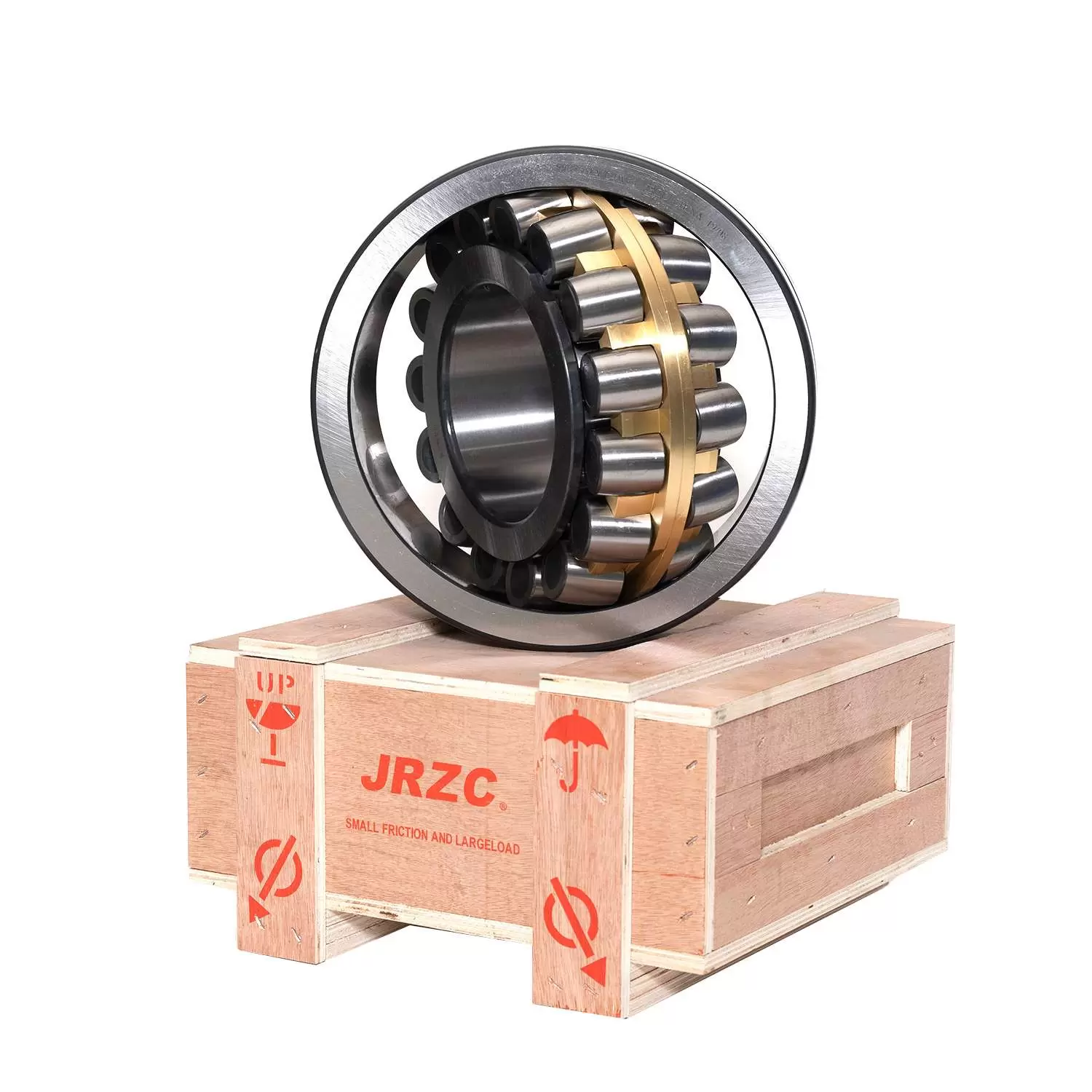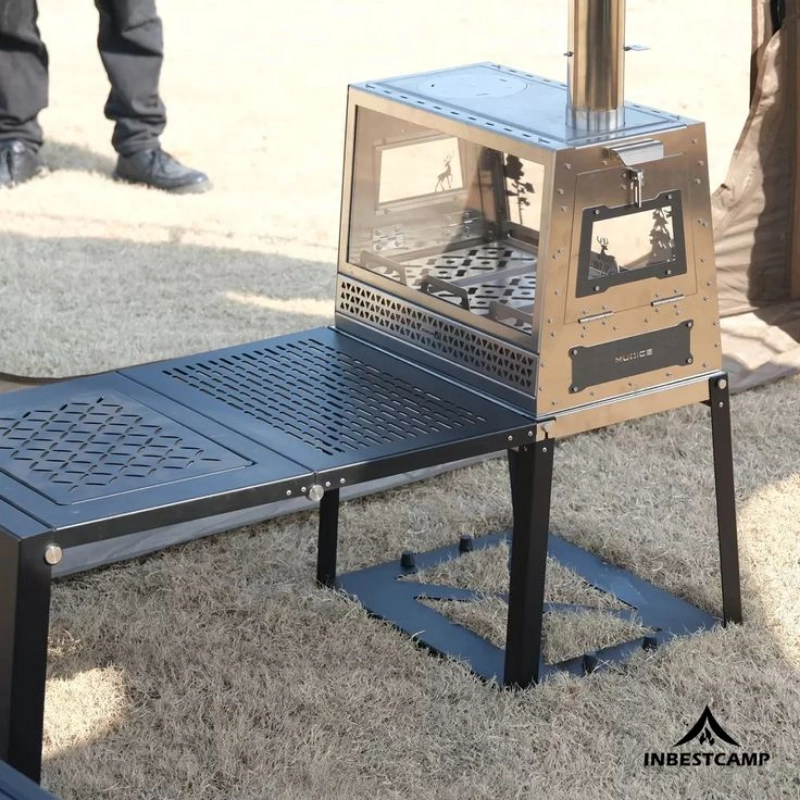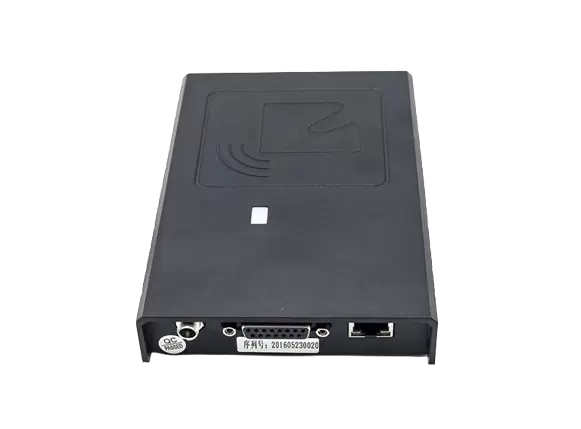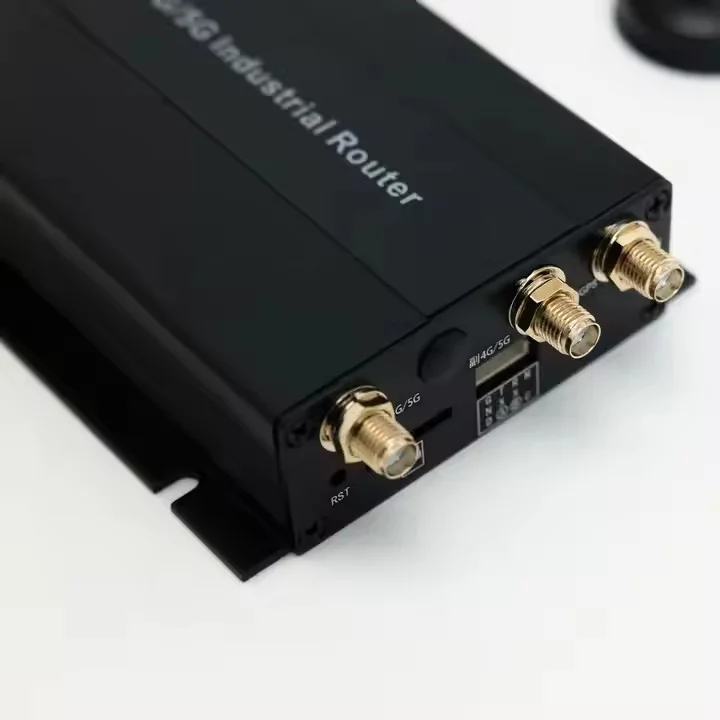As the chill of winter approaches, many homeowners turn to various heating solutions to keep their living spaces warm and comfortable. Among these options, oil-filled heaters have gained popularity due to their efficiency and ability to provide consistent warmth. However, a common question arises: Do oil-filled heaters get hot to the touch? In this article, we will delve into the mechanics of oil-filled heaters, their safety features, and the implications of their surface temperatures for users.
The Mechanics of Oil-Filled Heaters
Oil-filled heaters operate on a simple yet effective principle. They are filled with a thermal oil that is heated by an electric element. Once the oil reaches a certain temperature, it circulates within the heater, radiating heat into the surrounding air. This process allows for a steady and prolonged release of warmth, making oil-filled heaters ideal for maintaining a comfortable room temperature over extended periods.
Surface Temperature: What to Expect
When discussing whether oil-filled heaters get hot to the touch, it is essential to consider the design and materials used in these devices. The exterior of most oil-filled heaters is made from metal, which can become quite warm during operation. While the oil inside the heater can reach temperatures of 150°F (65°C) or higher, the outer surface typically remains cooler than the internal oil. However, it is not uncommon for the surface temperature to reach levels that can cause discomfort or even burns if touched for an extended period.
Safety Features and Considerations
Modern oil-filled heaters are designed with safety in mind. Many models come equipped with features such as:
- Thermal Cut-off: This safety mechanism automatically shuts off the heater if it overheats, preventing potential fire hazards.
- Tip-over Protection: If the heater is accidentally knocked over, this feature will turn it off to avoid accidents.
- Cool-Touch Exteriors: Some advanced models are designed with materials that minimize heat transfer to the outer surface, making them safer to touch.
Despite these safety features, it is crucial for users to exercise caution. While the exterior may not reach the extreme temperatures of the internal oil, it can still be hot enough to cause burns, especially for children or pets who may inadvertently come into contact with the heater.
Practical Tips for Safe Use
To ensure safe operation of oil-filled heaters, consider the following guidelines:
- Placement: Position the heater on a flat, stable surface away from flammable materials such as curtains, furniture, or paper. Avoid placing it in high-traffic areas where it may be bumped or knocked over.
- Supervision: Always supervise children and pets around the heater. Educate older children about the potential dangers of touching the heater while it is in use.
- Regular Maintenance: Inspect the heater regularly for any signs of wear or damage. Ensure that the power cord is intact and that there are no obstructions around the heater.
- Use with Caution: If you need to adjust the heater or move it, allow it to cool down first. If it must be touched while in operation, use a cloth or glove to avoid direct contact with the hot surface.
Conclusion
In summary, oil-filled heaters do get hot to the touch, but their design and safety features help mitigate risks associated with high surface temperatures. Understanding how these heaters work and implementing safety measures can enhance their effectiveness while ensuring a safe environment for all household members. As winter approaches, being informed about the heating solutions you choose can lead to a warmer, safer home.









+ There are no comments
Add yours